Creating A Legacy Of Global Sustainability Strategies For Headteachers
Headteachers are at the forefront of their school’s successful sustainability strategy – passionate school leaders influence their colleagues and students to do their best. From site improvements to small steps that cumulatively make a real difference, these are just some of the ways you can change the world…beginning with your school.
A Legacy in a Nutshell
It’s quite simple really. Your aims are (at a minimum): educate students and staff on the climate and its risks; keep energy usage down; be creative and innovative with your school buildings; support the concept of green jobs; collaborate with businesses and other schools to facilitate environmental knowledge and do all this at very little cost to your school! It’s no wonder Headteachers are often at a loss as to where to start.
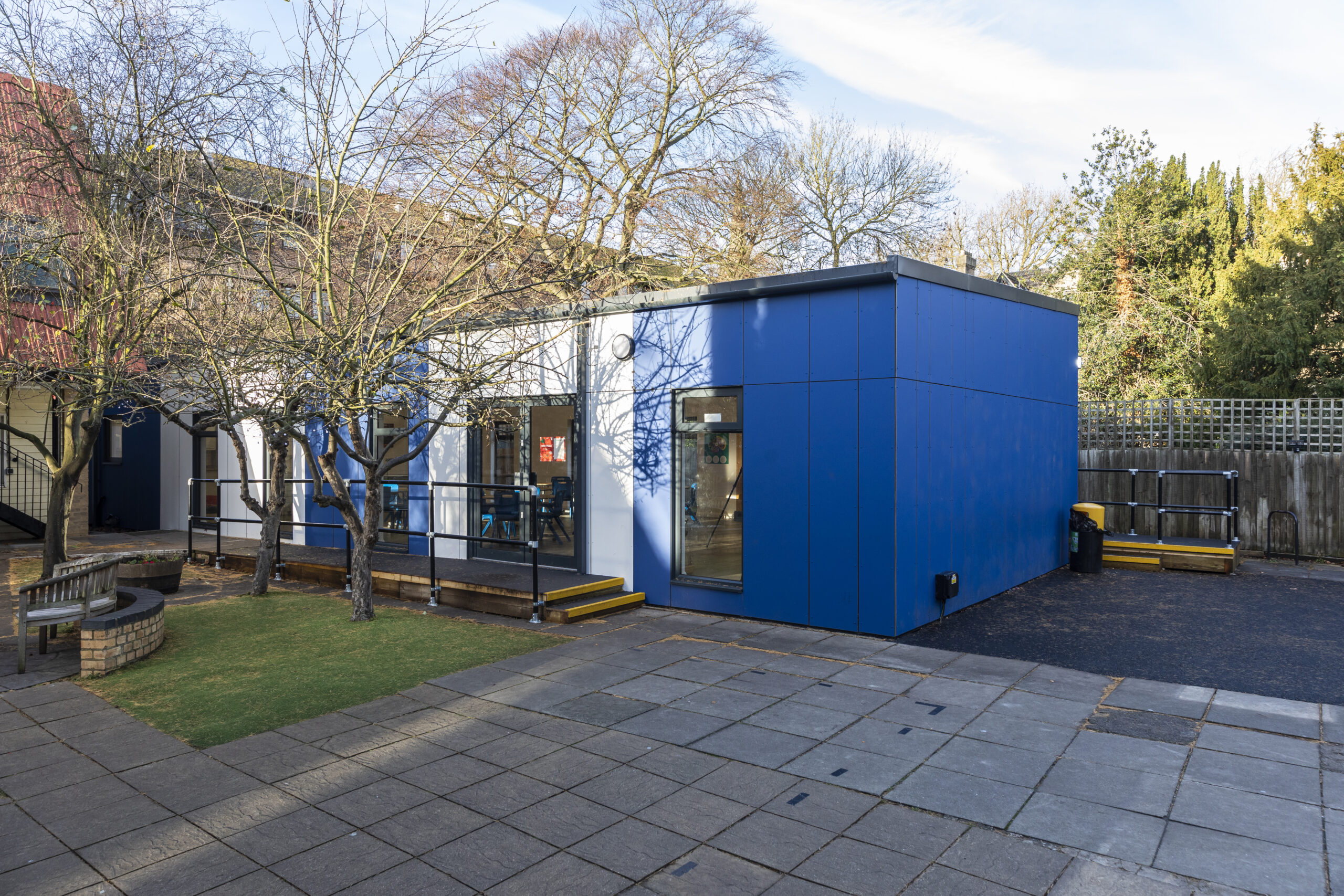
A Strategic Start For Schools
To begin: decide on the measures you can put in place. Start with a comprehensive list of sustainability in your school. Does it have lots of outside space that could be used to plant trees, create a wildlife area, put in a pond? We can all reduce our energy consumption by turning off lights and turning down the heating. Drive innovation in your school to encourage green choices, save money and keep energy usage to a minimum with recycling and other climate friendly initiatives. Use solar panels, look at your energy supplier, source food locally for your school café, reduce waste paper and your printing costs.
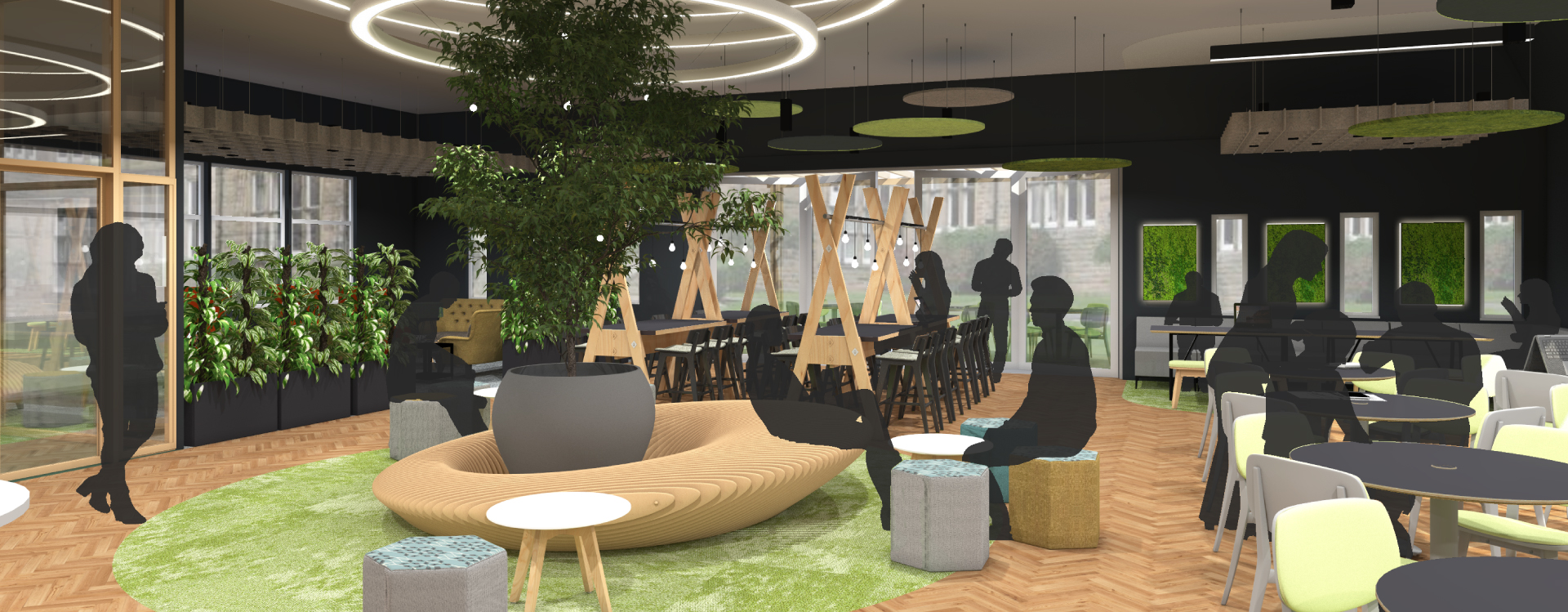
Small Site Improvements to Bigger Buildings
Every little job that needs doing around your school site should be addressed, marked on a sliding scale of priorities and dealt with so that small jobs don’t become larger, more expensive and more impactful on the environment. From dripping taps to heating or roof issues, if you can fix the little things you are making an excellent start. If you are planning new buildings or refurbishing existing areas, choose materials and resources that support climate change and reduce emissions.
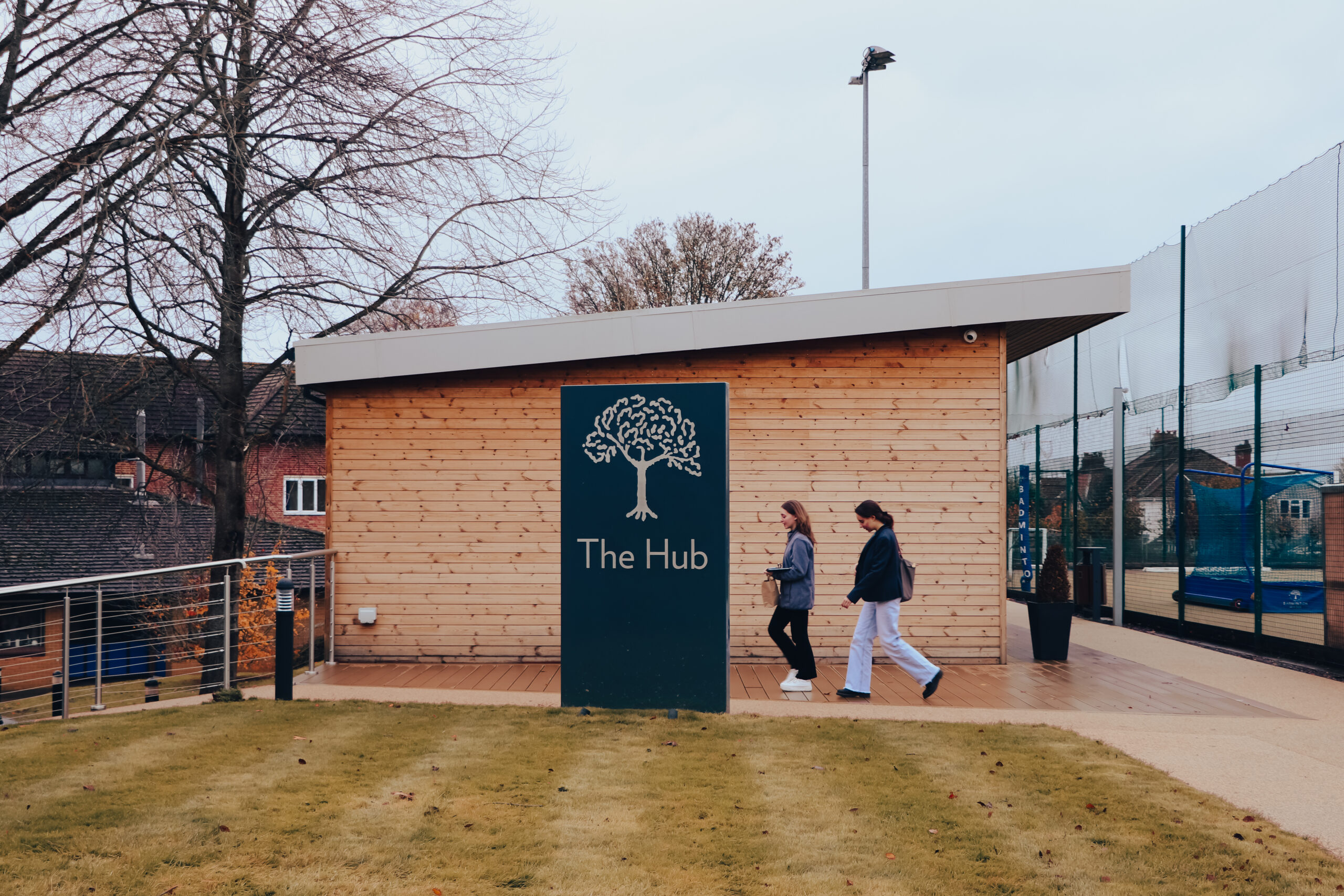
‘Green’ Education
Introduce Green qualifications into your curriculum; recent examples include a Natural History GCSE, Environmental Science A Level and a BA (Hons) in Sustainable Futures: arts, Ecology and Systems Change (Black Mountains College) which was ‘created as a response to the climate and ecological emergency’ and aims to ‘imagine – and deliver – far-reaching changes to current systems’. Education based on improving our planet is the catalyst for increasing jobs in the Green marketplace or with a broader understanding of the positive impact both students and staff can have on our environment.

‘Green’ Collaboration
Working together on climate change issues means we will be more able to make a sustainable difference with a more knowledgeable approach on how to improve our planet. There are many businesses who can offer good advice and many schools have partnered up with another school to collaborate on these issues. Headteachers and school leaders will be the catalyst that instigates change for good in their learning environments.
What have you put in place to create your legacy of global sustainability?
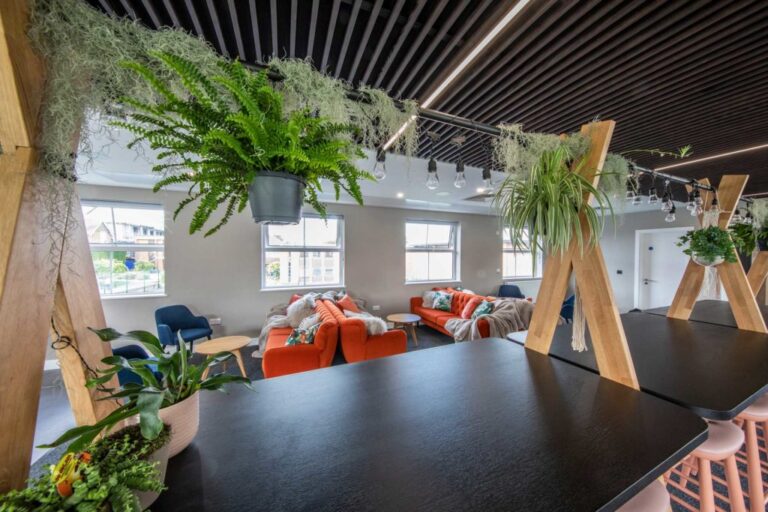


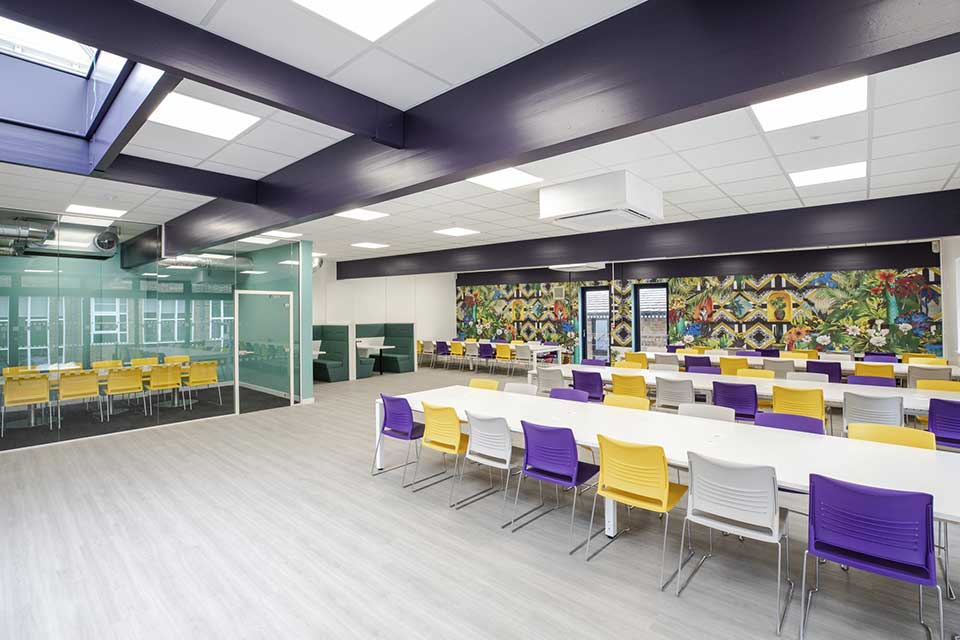
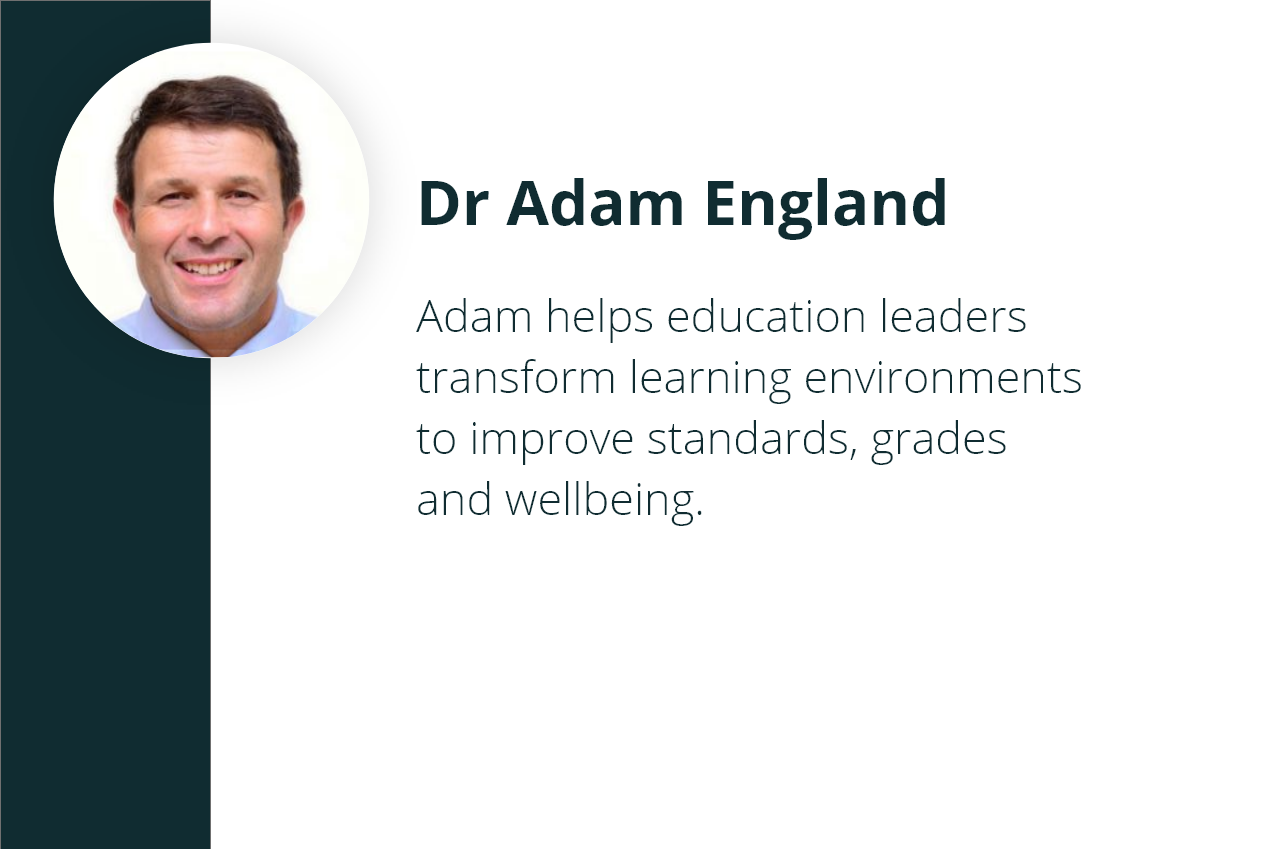
Leave a Reply